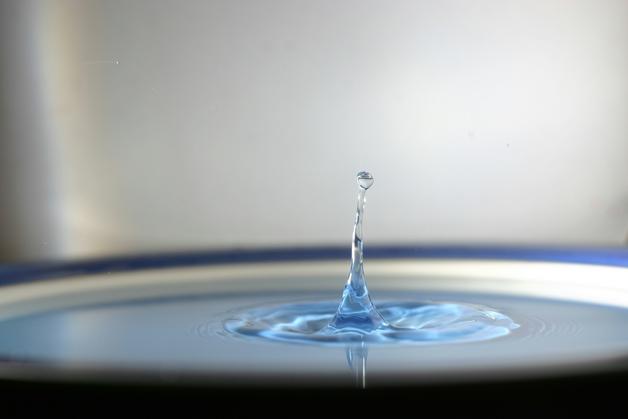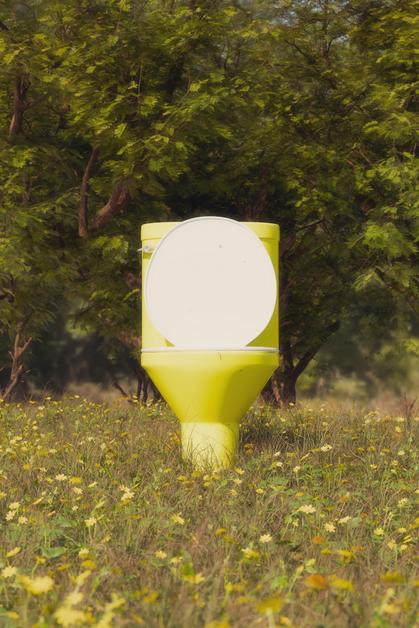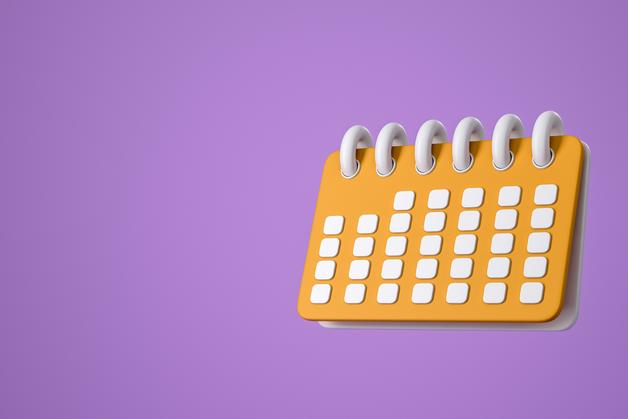As pregnancy unfolds, countless changes cascade through your body—some thrilling, some bewildering, a few uncomfortable. Among these, pregnancy water retention (also called edema) frequently steps forward as a headline act. One morning your rings sit snug, by dinner they refuse even a polite attempt at your finger. Shoes once roomy become foes. Why does this happen? When should swelling sound an internal alarm? And—perhaps most urgently—what brings comfort? Let’s navigate the physiological twists, pinpoint what’s normal, dig into the mechanisms, and illuminate both warning signs and soothing remedies. If swollen ankles have left you wondering, rest assured, answers are at hand.
Understanding Pregnancy Water Retention: What’s Normal?
Pregnancy water retention is a physiological phenomenon that mixes both science and lived experience. Under the influence of surging hormones—notably progesterone and aldosterone—your body holds onto extra fluid. Blood volume swells by up to 50 percent, designed to nourish mother and baby. The outcome? A gentle to sometimes dramatic puffiness, especially in the feet, ankles, and legs.
Gravity does its part: fluid pools in the lowest points, typically increasing after an active day or during warm weather. Not every pregnant person experiences it the same way, but research suggests nearly half do, particularly during the second and third trimesters. If you spot the swelling creeping into your hands or face upon waking, you’re not alone in this adaptation.
Yet, not all swelling is just a passing inconvenience. The medical term edema refers to noticeable fluid buildup in body tissues. Mild, symmetrical swelling in both ankles—particularly as evening arrives—rarely signals anything sinister. However, one-sided or sudden marked swelling deserves attention.
Why Does Pregnancy Water Retention Happen?
Hormonal surges are at the root of pregnancy water retention. Progesterone softens vessel walls and slows venous return, making it easier for blood to move into tissues. Simultaneously, your uterus swells and exerts mechanical pressure against pelvic veins—primarily the inferior vena cava—which slows the blood’s return journey from your legs. The results are seen (and felt) as puffiness.
Add to this the kidney’s role: aldosterone shifts the kidneys into sodium-retaining mode, bringing water along for the ride. If the kidneys falter, or blood flow is compressed, swelling worsens.
Other factors amplify the process:
- High sodium intake (processed food, hard cheese, instant meals) entices more water retention
- Not enough potassium-rich foods—think bananas, beans, sweet potatoes—further tilt the fluid balance
- Standing or sitting too long, especially in hot weather, leads to increased pooling
- Dehydration (counter-intuitively) encourages the body to clutch every drop of fluid
- Genetics, prior vein problems, or underlying conditions (like preeclampsia or cardiac concerns) may set the stage for extra swelling
When Is Swelling Normal, and When Is It a Warning Sign?
Pregnancy water retention follows specific patterns. Swelling begins gradually, often with the feet and ankles, usually worsening late in the day and resolving after rest. A couch, a pillow under your legs, and a glass of water are often enough to unwind the discomfort.
But there’s a hierarchy of urgency. Red flags include:
- A rapid explosion of swelling—especially in the face or one limb only
- Swelling paired with pain, redness, heat, or fever
- New symptoms like severe headache, visual changes, sudden weight gain, upper abdominal pain, chest discomfort, or trouble breathing
These are the emergency beacons for conditions like preeclampsia (dangerously high blood pressure and other symptoms) or a deep vein thrombosis (DVT—a blood clot usually in the leg). Both can escalate quickly and require medical evaluation without delay.
The Medical Perspective: Diagnosis and Assessment
When you mention pregnancy water retention at a prenatal visit, your healthcare team responds with a methodical checklist. They’ll ask when the swelling started, what makes it worse or better, and whether other symptoms tag along. Blood pressure readings—vital, as elevated levels can signal preeclampsia—are paired with urine tests for protein, another telltale marker.
Blood tests may screen for anemia, platelet changes, and kidney or liver function (especially if symptoms are unexpected or severe). If swelling is one-sided, red, or accompanied by pain, an ultrasound checks for a possible DVT. When heart involvement is suspected, echocardiography or chest imaging may follow.
The difference between harmless swelling and something more severe isn’t always obvious. Benign edema develops evenly, eases with rest, and lacks dramatic symptom spikes. If swelling is abrupt or lopsided, don’t hesitate: swift attention is vital for your health and your baby’s safety.
Risks and Potential Complications
Most pregnancy water retention is transient: mild in scope and vanishing naturally after delivery. However, the landscape shifts with conditions such as preeclampsia, DVT, or peripartum cardiomyopathy (a form of heart failure linked to pregnancy).
- Preeclampsia: Swelling is just one symptom—watch for headaches, vision changes, high blood pressure. Risk of seizures and organ complications exists if untreated.
- DVT: A blood clot can start quietly but quickly become dangerous if it moves to the lungs, leading to a pulmonary embolism.
- Heart conditions: These may trigger persistent swelling, breathing difficulty, or chest pains.
Ignoring signals from your body—marked, one-sided swelling, pain, or shortness of breath—can put both parent and child at risk. If uncertain, it’s always safe to reach out to a professional.
Practical Ways to Soothe and Prevent Swelling
A toolkit for managing pregnancy water retention merges science with small daily actions.
Movement matters: Gentle walks, swimming, and pregnancy yoga activate muscle “pumps,” aiding venous return. Simple ankle rotations or stretching every hour when seated can make a remarkable difference.
Change your position: Alternate sitting and standing. Crossing your legs restricts blood flow, so keep limbs relaxed and uncrossed.
Elevate and support: Rest with your legs up, let gravity assist. Sleeping on your left side increases blood return to your heart and reduces pressure on the inferior vena cava.
Comfortable clothing: Seek out loose, breathable garments and sturdy, supportive shoes. Compression stockings provide additional support—medical-grade versions may be prescribed for persistent swelling.
Diet and hydration: Contrary to old wives’ tales, don’t decrease fluid intake—staying hydrated (around 1.5–2 liters daily) assists kidney function and flushes out excess sodium. Lean into potassium-rich produce: bananas, avocados, spinach, and beans stabilize sodium levels.
Cool it down: Cool (not icy) foot baths, gentle sprays up the calves, or even a wet washcloth bring vascular relief when temperatures climb.
Massage and gentle remedies: Upward strokes toward the heart, performed by a partner or therapist (trained in pregnancy care), stimulate both lymphatic and venous circulation. Professional lymphatic drainage may help, provided no contraindication exists. Some explore herbal teas or supplements—consulting a pharmacist or midwife is always wise before any addition.
Homeopathy and barefoot grounding: Some find comfort, for example, in homeopathic remedies like Natrum Sulfuricum 5CH or grounding walks on soft grass—though such options must remain supplementary and never replace conventional medical advice.
Monitoring, Medical Checkups, and When to Be Cautious
Routine prenatal visits construct a protective net: regular blood pressure monitoring, urine checks, and weight tracking all serve to catch complications early. Swelling that shifts character—suddenly worsens, becomes painful or red, or couples with systemic symptoms like headaches or visual changes—deserves prompt attention.
Clinicians may request:
- Blood assessments (to exclude kidney, liver, and platelet abnormalities)
- Doppler ultrasound (if one limb is more swollen or DVT is suspected)
- Heart evaluation (if swelling is severe, prolonged, or accompanied by shortness of breath)
Listen to your own rhythms. If a symptom feels abrupt or odd, trust that instinct and connect with your provider.
After Delivery: What Happens to Pregnancy Water Retention?
Postpartum, pregnancy water retention is a phenomenon in reverse. The fluid your body hung onto during pregnancy is gradually expelled through increased urination and perspiration. Most parents notice swelling fades within days to two weeks after birth.
To support this natural process:
- Continue adequate hydration to facilitate kidney function
- Keep legs elevated when possible and ensure regular movement
- Maintain supportive footwear and, if advised, compression stockings
- Stick to a balanced diet, substantial in potassium and fiber, low in added salt
Persistent or worsening swelling, especially if joined by fever or excessive fatigue, warrants a prompt check-in with your medical team.
Key Takeaways
- Pregnancy water retention most often reflects the body’s intricate work of supporting pregnancy: increased blood volume, hormonal changes, and mechanical pressure from the growing uterus all combine to promote fluid buildup.
- Swelling is usually harmless—especially when symmetrical, mild, and eased by rest—but abrupt, severe, or one-sided swelling signals the possibility of more serious conditions like preeclampsia or a blood clot.
- Gentle exercise, frequent shifts in position, leg elevation, hydration, and mindful eating (reducing sodium, boosting potassium) are powerful tools for symptom relief.
- Daily comforts—massage, cool footbaths, compression stockings—can help, but are no substitute for professional advice.
- Most swelling disappears quickly after delivery; persistent symptoms, particularly with pain or fatigue, should not be overlooked.
- A proactive approach—regular medical visits, attentive self-monitoring, and open communication with healthcare providers—supports the healthiest journey for both parent and child.
For further guidance, personalized tips, and free child health questionnaires, explore the Heloa app and connect with resources tailored to support you every step of the way.
Questions Parents Ask
When does pregnancy water retention usually start?
Water retention often begins during the second trimester as your body adapts to support your growing baby. Many parents notice swelling in the feet, ankles, or hands around this stage. This is connected to increased blood volume and hormonal changes. If swelling appears earlier or progresses rapidly, don’t hesitate to mention it to your healthcare provider for reassurance.
Are there gentle ways to relieve water retention safely during pregnancy?
Absolutely, it’s possible to find some comfort with simple daily habits. Try to elevate your feet regularly, especially at the end of the day, and choose loose, comfortable shoes. Staying well hydrated actually helps balance fluids, contrary to popular belief. If standing for long periods tires your legs, gentle movement or short walks can stimulate circulation. Wearing pregnancy-safe compression stockings may also be considered. If you’re uncertain about any approach, a quick check in with your healthcare provider can give extra peace of mind.
Is water retention in pregnancy dangerous for the baby?
Mild and gradual swelling is a normal part of most pregnancies and generally does not affect the baby. The body is simply adjusting to new needs. However, if swelling becomes severe, sudden, or is linked with headache, changes in vision, or discomfort in one side only, it could be a sign of a more serious concern. In such cases, it is important to seek advice so that any issue can be managed promptly, ensuring the best outcome for both you and your child.
Further reading:









